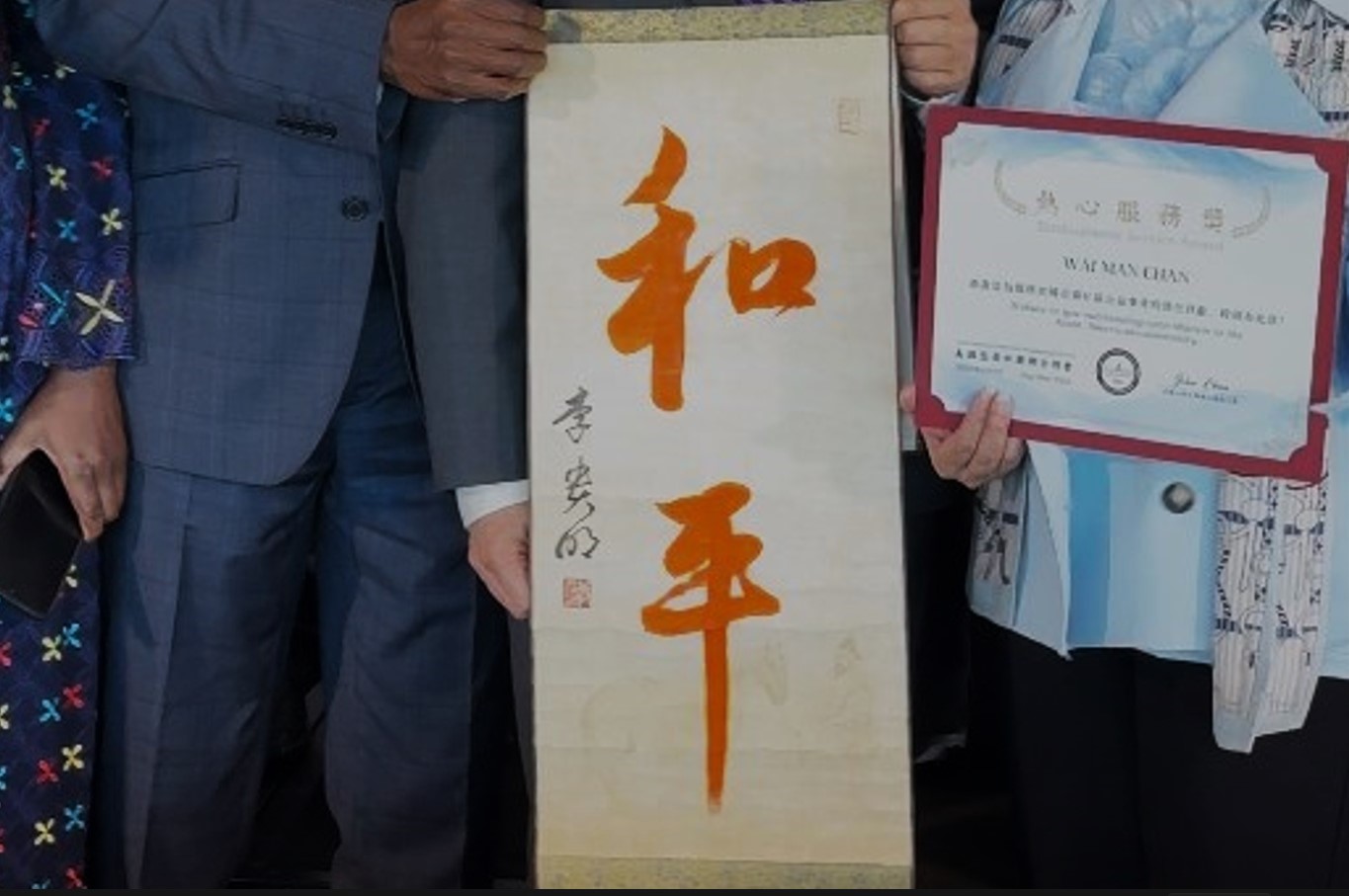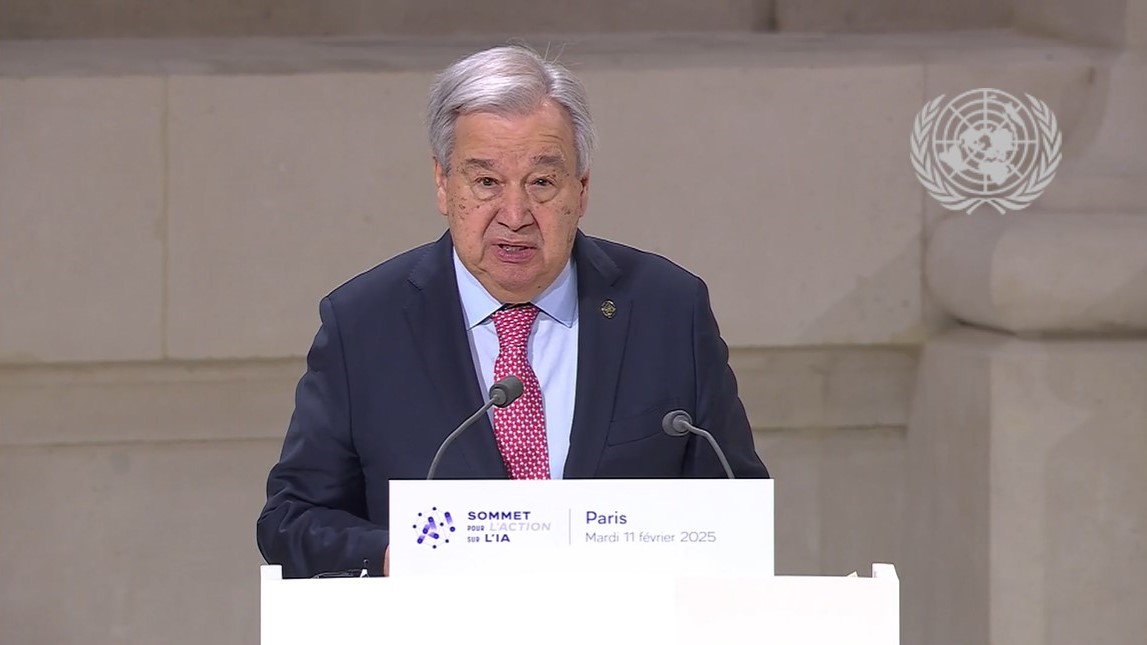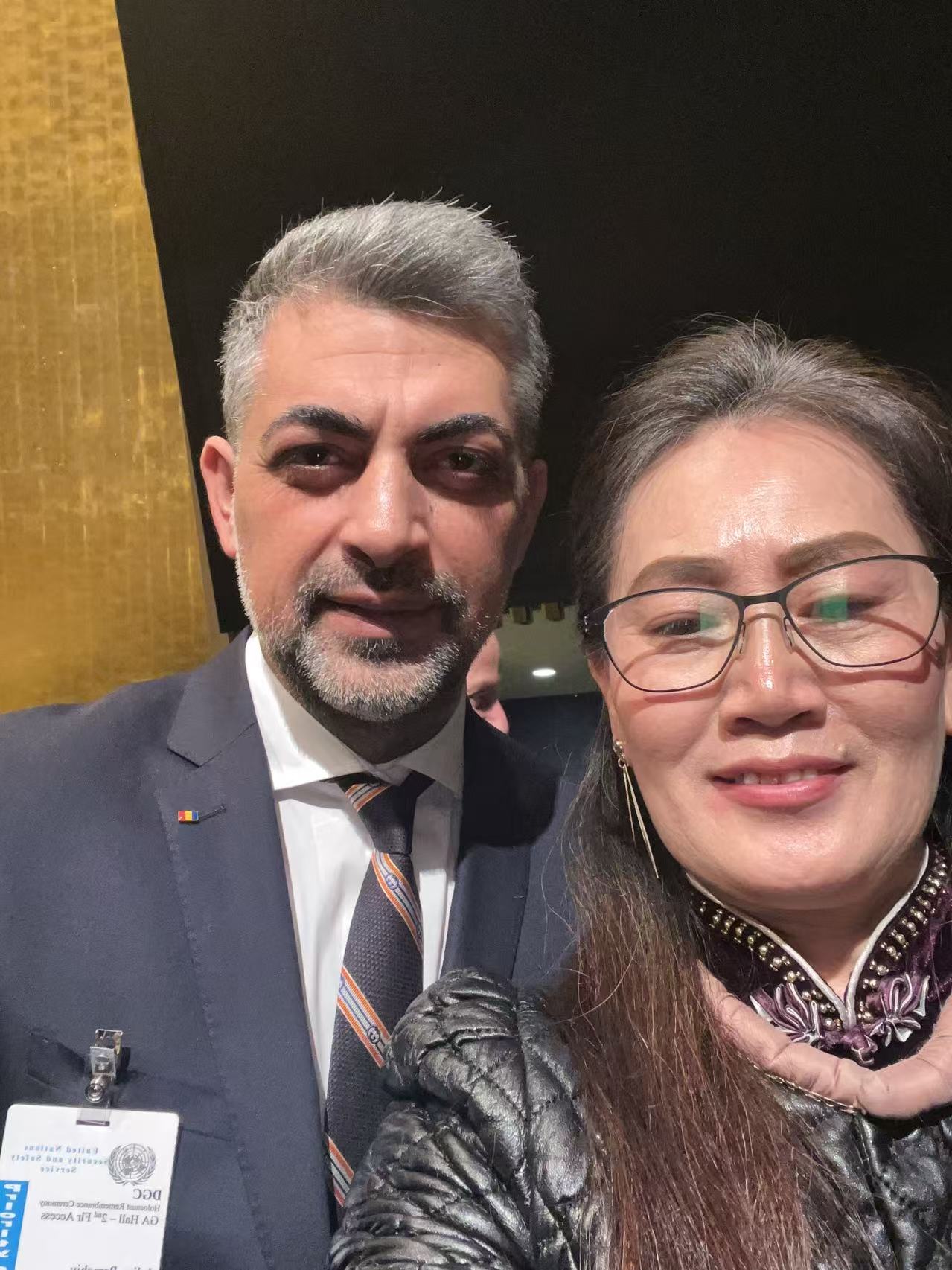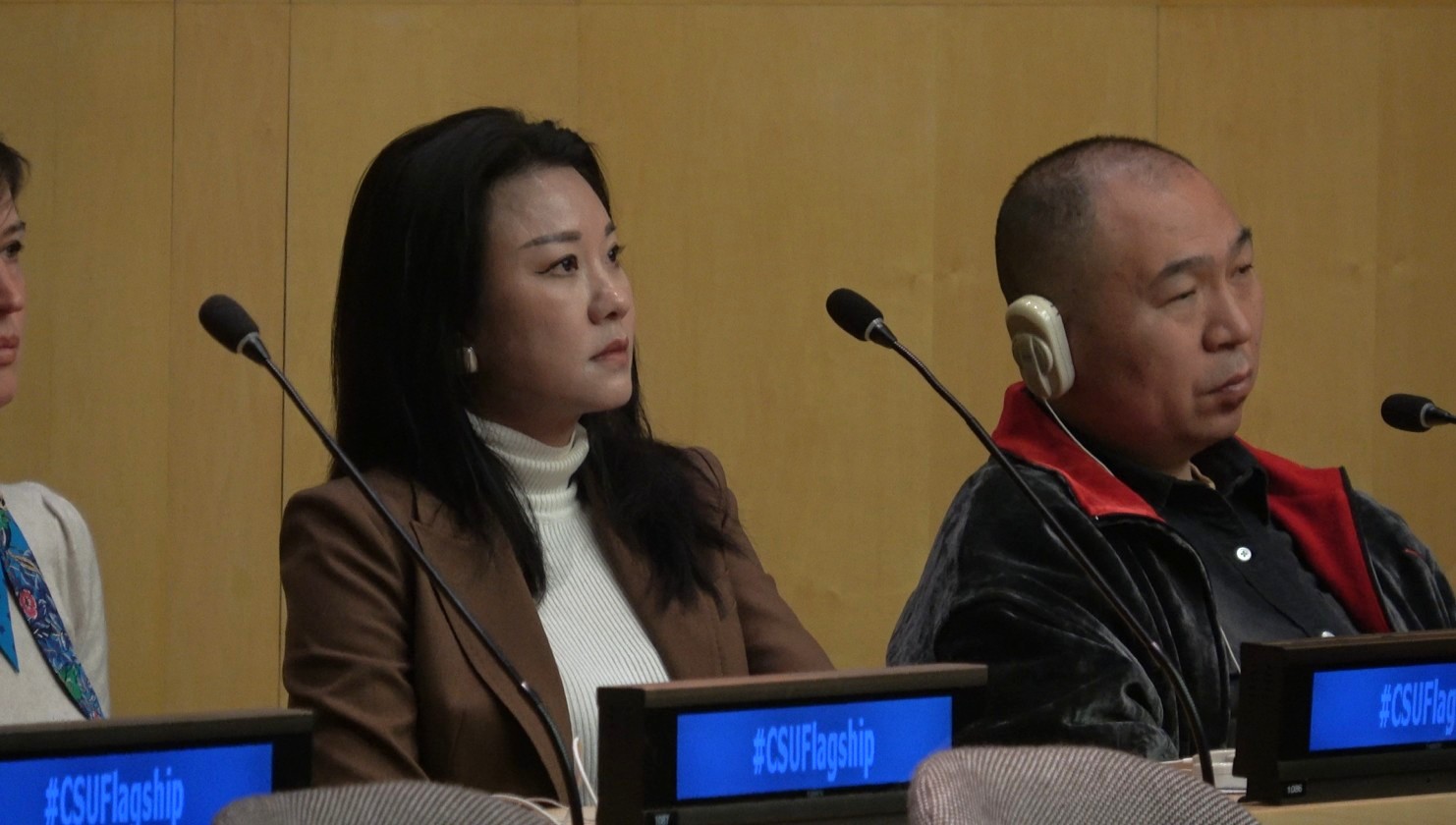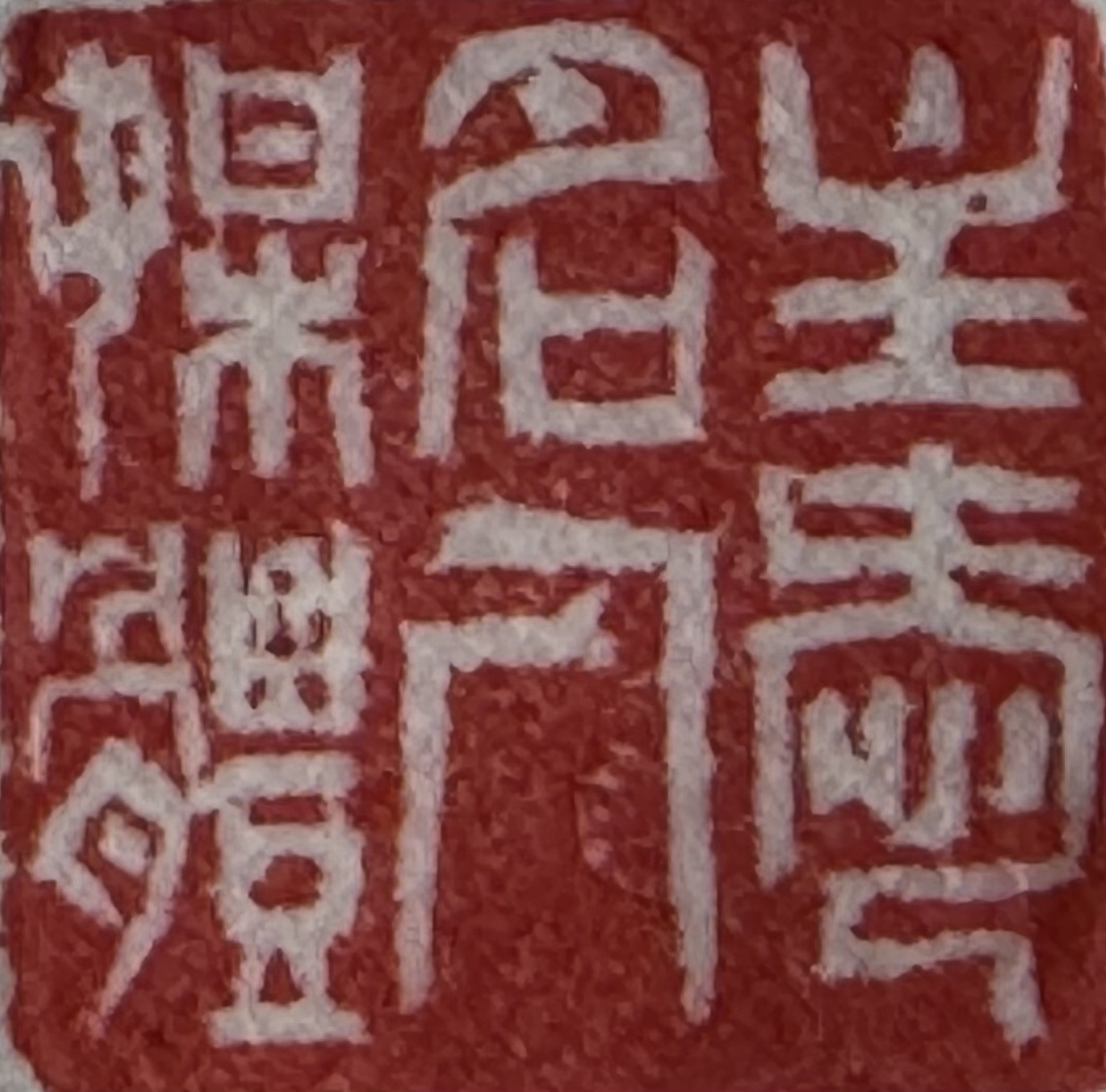Speaking about the levels of radiation that IAEA was able to determine and identify after the first measurements at Chornobyl Nuclear Power Plant, IAEA Director General Rafael Mariano Grossi said, “there was an increase, but this increase is still significantly below the authorized levels for workers in an environment with this type of radiation.”
Grossi briefed journalists today (28 Apr) in Vienna on the situation at the Chornobyl Nuclear Power Plant, following his return from Ukraine.
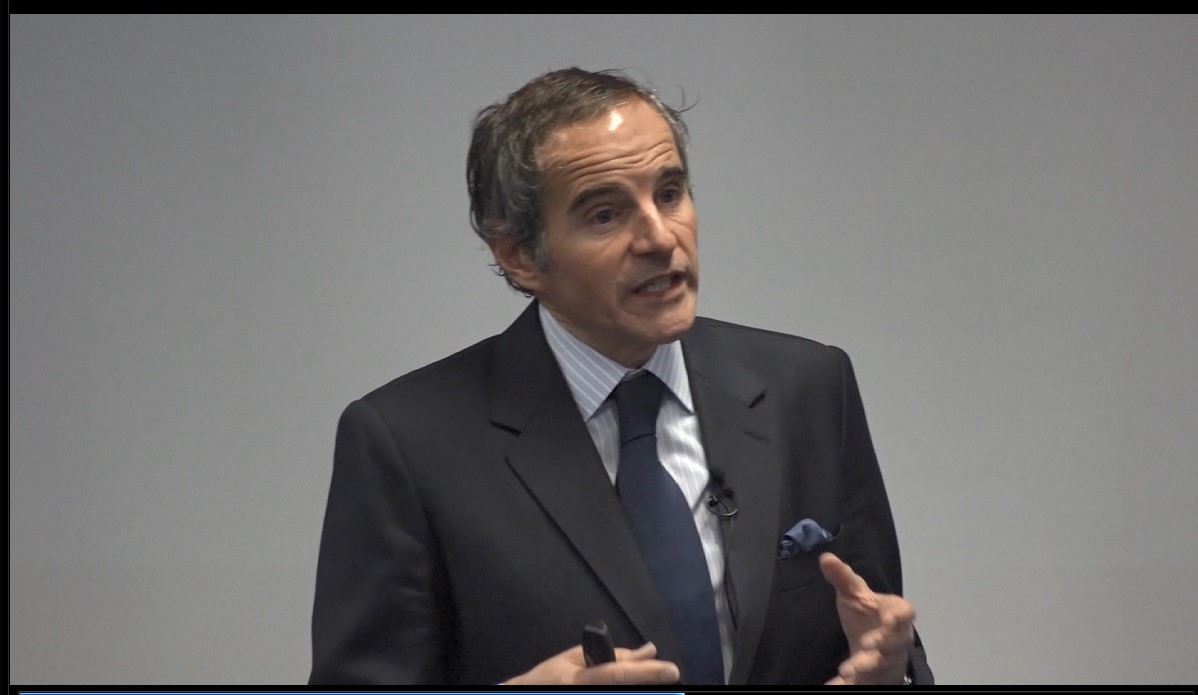

He said, “there was an increase in the levels, but the situation is not one that could be judged as posing great danger to the environment or to people at the moment that we were taking these measurements.”
Asked about the Zaporizhzhya Nuclear Power Plant, the IAEA chief said, “the situation continues to be of concern. Why? Because, as you know, it is still under Russian control. So the Ukrainian regulator is not in control of the situation there. And there are a number of activities that need to take place, will have to take place, in terms of both inspections and safeguards activities there that we will have to perform sooner rather than later.”
Grossi added, “also from a safety and security point of view, because we need to, as you remember, on the fourth of March, there was these episodes violence projectile impacting a building very close to the reactor, we need to see the functionality of the safety equipment, we need to see whether there has been an impact on the physical protection of material. So there is a lot to be done there.”
Grossi also said, “Quite clearly, this the situation in and around Zaporizhzhya is not only a matter of nuclear safety, security or safeguards, it is a matter of profound political implications.”
He explained that he had discussion about it at some length with President Zelenskyy, “because everybody is aware of the fact that we have to go there, but since this place is occupied by Russian forces, there are implications in terms of what does this mean in terms of the war, in terms of the military conflict that that is ongoing there.”
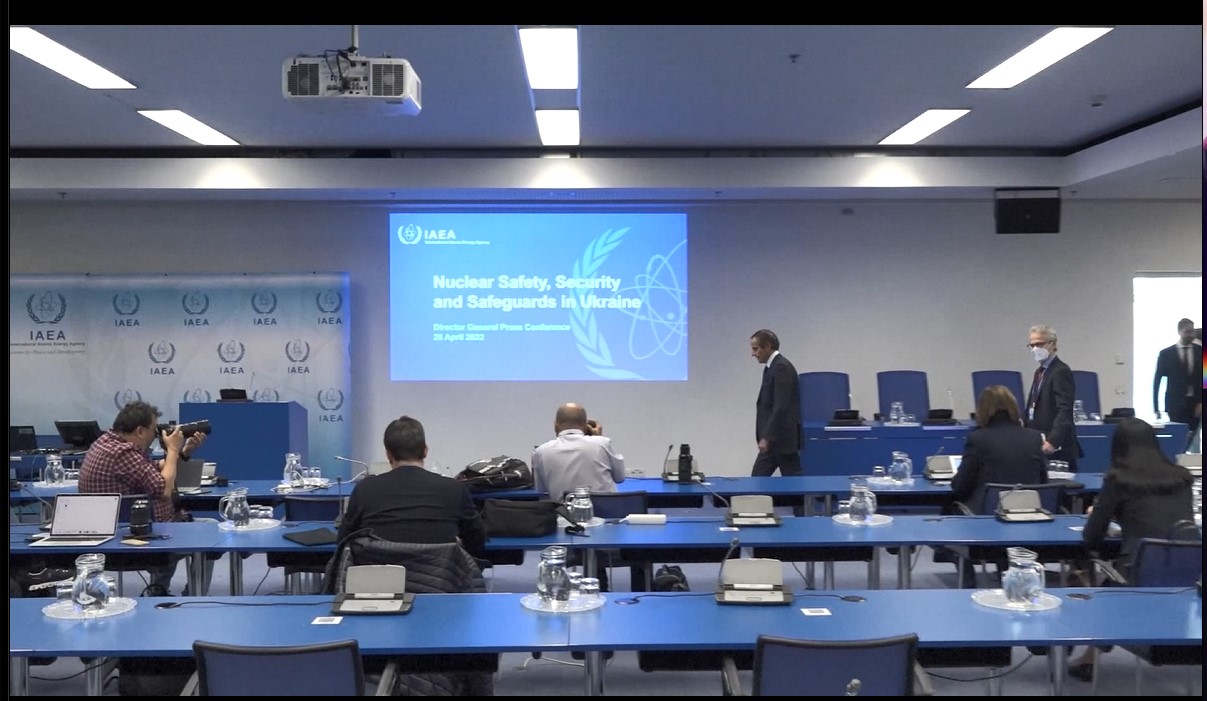
The IAEA chief also reiterated, “I have been saying from the first day of this crisis, that the physical integrity of nuclear facilities is an absolute must,” adding that “a missile going astray, or something like this could have very significant impact. But we need to go back to Zaporizhzhya. It is extremely important in Zaporizhzhya, you have tens of thousands of nuclear material, plutonium, enriched uranium and we have to be verifying that. So it's still the open question that we have at the moment.”
Nuclear safety, security and safeguards experts from the International Atomic Energy Agency (IAEA) are continuing to work at the Chornobyl nuclear power plant (NPP) this week to deliver equipment, conduct radiological assessments and restore safeguards monitoring systems.
The experts arrived at the site on Tuesday (27 Apr) as part of an IAEA assistance mission led by Director General Rafael Mariano Grossi who later the same day travelled to Kiev for high-level talks with the Ukrainian President Volodymyr Zelenskyy and the Minister of Energy, Herman Halushchenko.
 Celebrity Media TV
Celebrity Media TV

